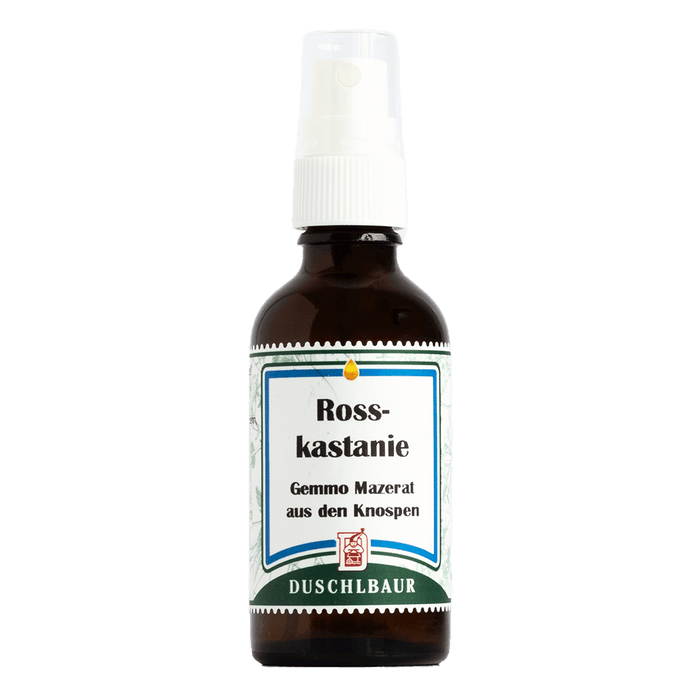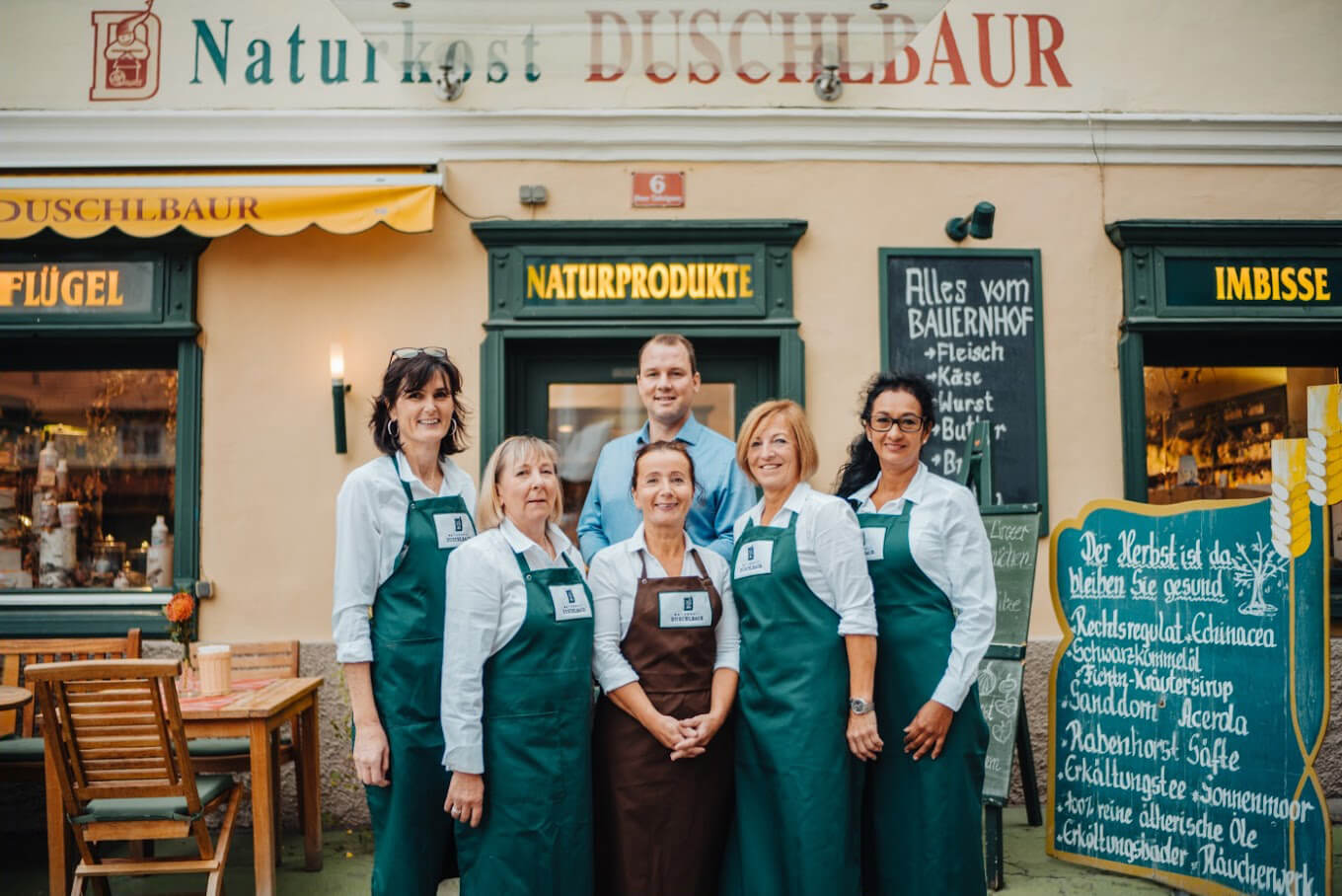The natural ingredients of theHorse Chestnut Gemmo Maceratesare: Fresh buds of horse chestnut, vegetable glycerin, alcohol, water
OurDuschlbaur's horse chestnut (aesculus hippocastanum) Gemmo maceratecan be taken as a supportive measure for:
- Venous system complaints – to strengthen the veins
- Varicose veins
- Spider veins
- Heavy, swollen legs
- to improve venous blood flow
- Couperose (dilated blood vessels in the face)
- Hemorrhoids
The simultaneous intake of conservative medicines and Duschlbaur's horse chestnut (aesculus hippocastanum) gemmo macerate is possible without any problems.
Horse chestnut – for lightness in the legs
Thebuckeye– LatinAesculus hippocastanum– belongs to the soapberry family (Sapindaceae). And horse chestnuts can actually be used to make a natural detergent. Horse chestnut seeds contain saponins, which are detergent-active substances. To make this, cut five horse chestnuts into small pieces and pour 300 ml of hot water over them. Let it steep for a few hours. Strain the chestnut pieces and add the lye to the washing machine like a conventional detergent.
The horse chestnut has pointed, egg-shaped lateral buds and broad, conical terminal buds. The bare bud scales are shiny brown and have a dark border. A highly sticky glue coats the buds.
The flowering period begins in April and May. The upright panicle with countless white, yellowish, or pink flowers is called a candle. A panicle can grow up to 30 cm tall. Each inflorescence produces up to 42 million pollen grains annually, making the horse chestnut one of the most pollen-rich trees.
The horse chestnut's leaves are also striking. They are very large and pinnately compound. Five to seven leaflets sit on a 20 cm long petiole. The individual leaves grow up to 10 cm long and 10 cm wide. The upper surface of the leaves is glabrous and glossy and a darker green. Felty veins run beneath. The underside of the leaves is lighter green.
The externally usable parts of the horse chestnut plant – roots, bark, leaves, flowers, buds, fruits – contain aesculin, aescin, allantoin, angelic acid, bitter substances, camphor oil, choline, cyanidin, pigments, flavones, flavonglycosides, fraxin, tannins, tannic acid, coumarins, linolenic acid and saponins.
Horse chestnuts are similar to sweet chestnuts, the more commonly known "marrons." Botanically, however, the horse chestnut (Aesculus hippocastanum) and the sweet chestnut (Castanea sativa) are not related. Unlike the sweet chestnut, the fruits of the horse chestnut are inedible to humans. However, they are an important food source for red deer and wild boar.







